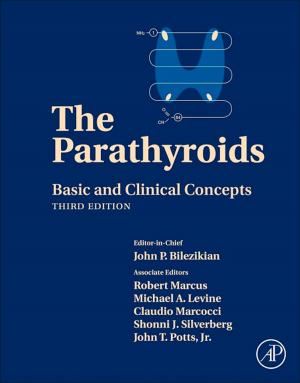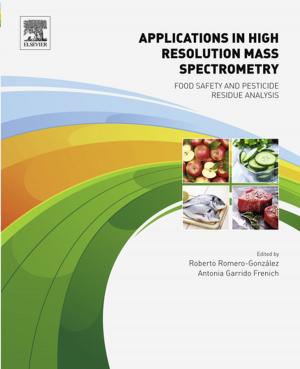Engineering of Nanobiomaterials
Applications of Nanobiomaterials
Nonfiction, Science & Nature, Technology, Material Science, Engineering| Author: | ISBN: | 9780323417341 | |
| Publisher: | Elsevier Science | Publication: | January 14, 2016 |
| Imprint: | William Andrew | Language: | English |
| Author: | |
| ISBN: | 9780323417341 |
| Publisher: | Elsevier Science |
| Publication: | January 14, 2016 |
| Imprint: | William Andrew |
| Language: | English |
Engineering of Nanobiomaterials presents the most recent information regarding the specific modifications of nanomaterials and of their synthesis methods, in order to obtain particular structures for different biomedical purposes. This book enables the results of current research to reach those who wish to use this knowledge in an applied setting.
Engineered nanobiomaterials, designed from organic or inorganic raw materials, offer promising alternatives in many biomedical applications. In this book, eminent researchers from around the world discuss the various applications, including antibacterial therapy, biosensors, cancer therapy, stimuli-responsive drug release, drug delivery, gene therapy and visual prostheses. In each case, advantages, drawbacks and future potential are outlined.
This book will be of interest to students, postdoctoral researchers and professors engaged in the fields of materials science, biotechnology and applied chemistry. It will also be highly valuable to those working in industry, including pharmaceutics and biotechnology companies, medical researchers, biomedical engineers and advanced clinicians.
- An up-to-date and highly structured reference source for students, researchers and practitioners working in biomedical, biotechnological and engineering fields
- A valuable guide to recent scientific progress, covering major and emerging applications of nanomaterials in the biomedical field
- Proposes novel opportunities and ideas for developing or improving engineering technologies in nanomedicine/nanobiology
Engineering of Nanobiomaterials presents the most recent information regarding the specific modifications of nanomaterials and of their synthesis methods, in order to obtain particular structures for different biomedical purposes. This book enables the results of current research to reach those who wish to use this knowledge in an applied setting.
Engineered nanobiomaterials, designed from organic or inorganic raw materials, offer promising alternatives in many biomedical applications. In this book, eminent researchers from around the world discuss the various applications, including antibacterial therapy, biosensors, cancer therapy, stimuli-responsive drug release, drug delivery, gene therapy and visual prostheses. In each case, advantages, drawbacks and future potential are outlined.
This book will be of interest to students, postdoctoral researchers and professors engaged in the fields of materials science, biotechnology and applied chemistry. It will also be highly valuable to those working in industry, including pharmaceutics and biotechnology companies, medical researchers, biomedical engineers and advanced clinicians.
- An up-to-date and highly structured reference source for students, researchers and practitioners working in biomedical, biotechnological and engineering fields
- A valuable guide to recent scientific progress, covering major and emerging applications of nanomaterials in the biomedical field
- Proposes novel opportunities and ideas for developing or improving engineering technologies in nanomedicine/nanobiology















